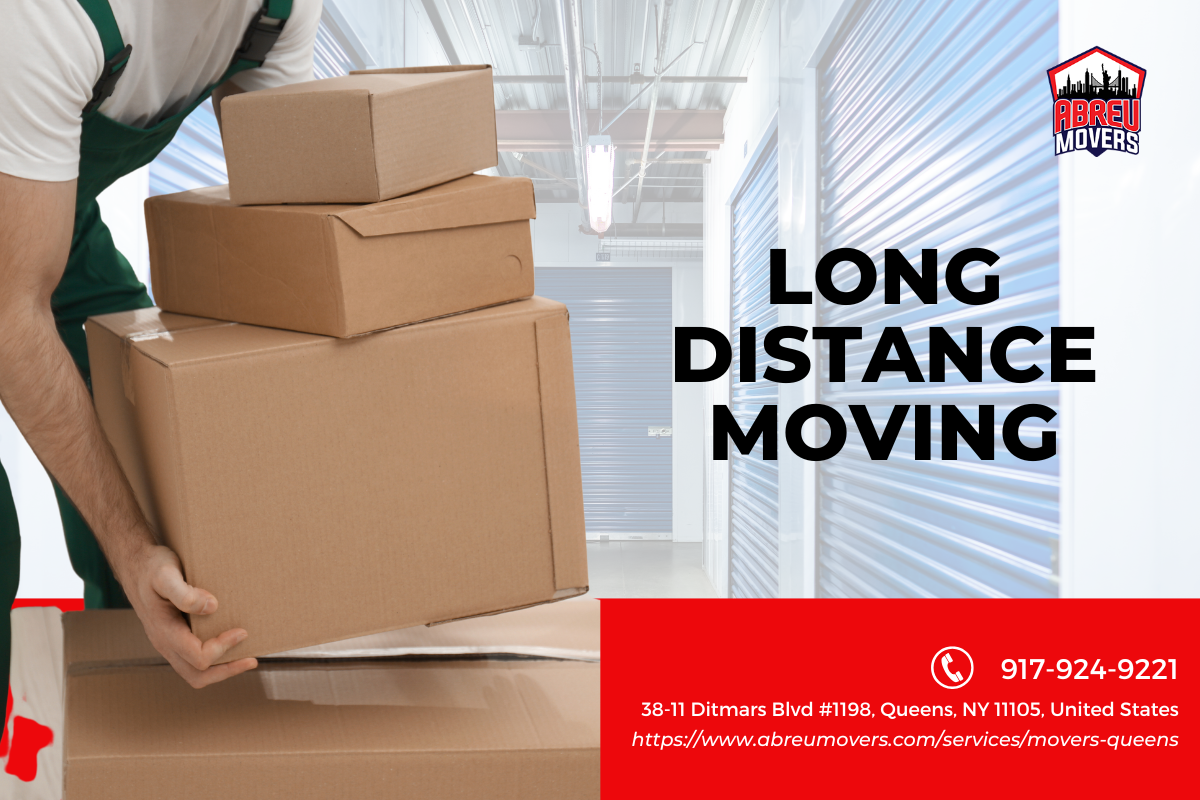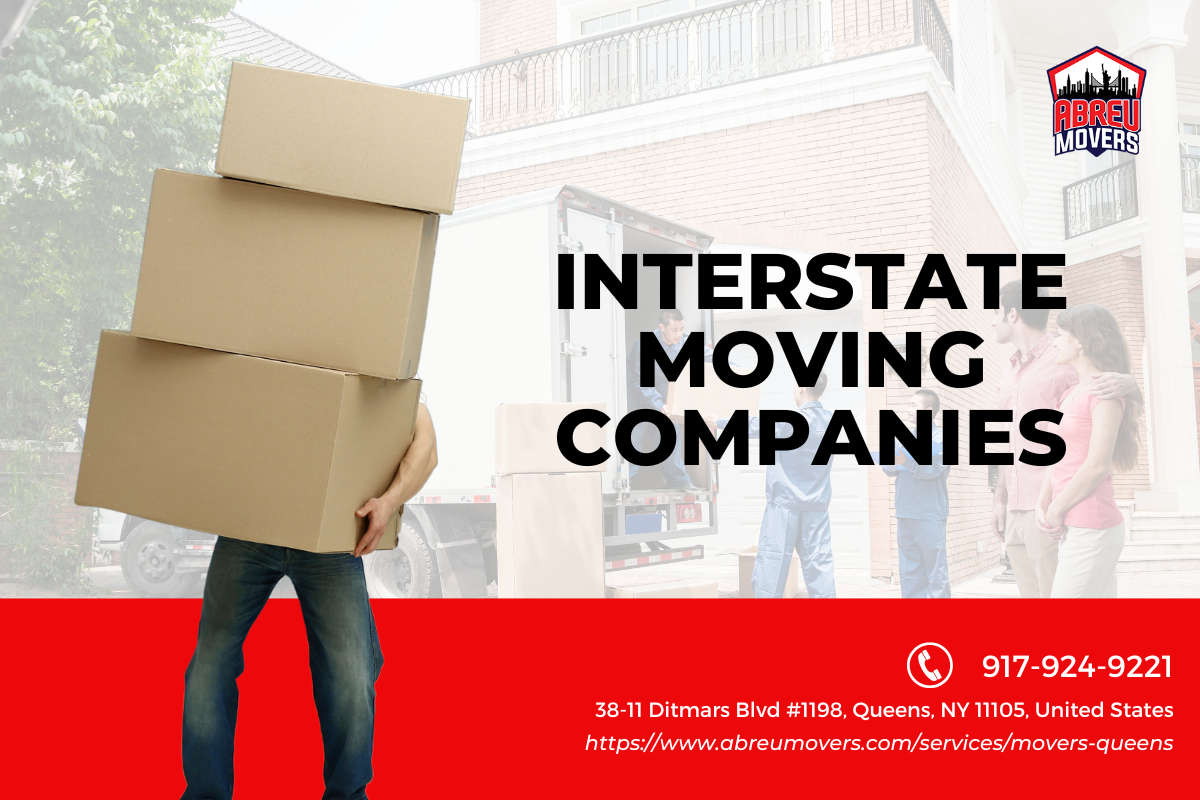


Moving is often a whirlwind of excitement and stress. Whether you’re heading across town or embarking on a long-distance journey, the thought of relocating your belongings can be daunting. One of the most pressing concerns many people have when moving is, “What happens if your belongings get damaged during transport?” It’s a question that deserves careful consideration, especially when entrusting your possessions to long distance movers.
In this article, we will delve into what happens when your belongings sustain damage during transport, explore various scenarios involving long distance moving companies, and provide actionable insights to protect yourself. We’ll also cover the types of coverage you may encounter and how to navigate the claims process should things go awry. Let’s dive in!
Understanding Long Distance Moving Services
What is Long Distance Moving?
Long distance moving refers to relocating your belongings over a significant geographical distance—typically more than 100 miles. This type of move can involve numerous challenges due to logistical complexities, including packing, loading, transportation, and unloading.
Why Hire Professional Long Distance Movers?
Professional long distance movers bring expertise and efficiency to the table. They understand how to handle items properly to minimize risks during transport. A reputable long distance moving company will also typically offer insurance options for added peace of mind.
Common Risks Associated with Long Distance Moving
When moving cross country or even within state lines, various risks could lead to damaged belongings:
Improper Packing: Items packed incorrectly may shift during transport. Weather Conditions: Extreme temperatures or storms can affect fragile items. Road Conditions: Bumpy roads or sharp turns can cause items to jostle against one another. Vehicle Accidents: Unforeseen accidents can lead to substantial damage.What Happens if Your Belongings Get Damaged During Transport?
When it comes down to it, if your belongings get damaged during transport, it can be an overwhelming situation filled with frustration and uncertainty. The first step is understanding the circumstances surrounding the damage:
- Type of Damage: Is it minor scratches on furniture or complete destruction? Insurance Coverage: What type of coverage did you select with your long distance mover?
The outcome largely depends on these factors. If you find yourself asking, “What happens if your belongings get damaged during transport?” here are some key steps:
Document the Damage: Take clear photos of any damaged items as soon as possible. Notify Your Moving Company: Inform them about the damage immediately; they often have specific protocols in place. File a Claim: Depending on your insurance coverage, you may be eligible for reimbursement. Review Your Policy: Understand what costs are covered by examining your policy documentation closely.Types of Insurance Coverage for Long Distance Moves
Full Value Protection vs. Released Value Protection
Understanding these two primary types of coverage is crucial for anyone using a long distance moving company:
- Full Value Protection (FVP): This type offers comprehensive coverage where the mover is liable for the full replacement value of lost or damaged items. Released Value Protection (RVP): This basic coverage option provides minimal protection at no extra charge but compensates at a much lower rate per pound.
Third-Party Insurance Options
Some people opt for third-party insurance providers for additional peace of mind during their move. These policies often cover more than standard moving company offerings but come at an additional cost.
How Long Distance Movers Handle Claims For Damaged Goods
Initial Steps After Damage Occurs
If damage occurs during transportation, here’s how most reputable long distance movers will handle claims:
Immediate Communication: Upon noticing damage, contact them directly. Documentation Submission: Provide photos and descriptions of damages along with any relevant paperwork. Time Frame Expectations: Know that processing claims can take time—be prepared for potential delays.Claim Denial Scenarios
It’s essential to be aware that not all claims will be approved due to several reasons:
Failure to Notify Promptly Inadequate Documentation Items Not Covered by Policy
Preventing Damage During Transport
Proper Packing Techniques for Long-Distance Moves
To mitigate risks associated with transporting goods over long distances, consider these packing tips:
Use Quality Packing Materials: Invest in sturdy boxes and bubble wrap. Label Boxes Clearly: Indicate fragile items so they’re treated with care. Secure Items Tightly: Ensure nothing shifts while in transit by using dividers or padding inside boxes.Choosing Reputable Long Distance Moving Companies
Researching and selecting a reliable long distance moving company significantly decreases the chances of encountering issues during transit:
Read Reviews: Check online reviews from past customers. Verify Licenses: Ensure they are licensed and insured according to federal regulations. Ask Questions: Don’t hesitate to inquire about their processes regarding damages and claims handling.What To Do If You Notice Damage Post-Move?
Upon arriving at your new location, conduct a thorough inspection:
- Check each item against your inventory list. Take pictures immediately if you notice any damages.
Notify your mover within the stipulated timeframe outlined in their contract—delaying this could jeopardize your claim eligibility.
Navigating The Claims Process With Long Distance Movers
Steps To File A Claim Successfully
Prepare Your Documentation:- Photos Inventory List Original Receipts
- Provide details promptly via phone or email.
- Stay in communication until resolution occurs; persistence pays off!
FAQ Section
Q1: What should I do if my furniture gets scratched?
A1: Document the scratch with photos and notify your moving company immediately about the issue.
Q2: How do I know what my insurance covers?
A2: Review your contract carefully; ask questions before signing if anything seems unclear.
Q3: Can I claim damages after I’ve moved into my new home?
https://www.linkedin.com/company/abreu-movers-queens/ A3: Yes! However, there's usually a window for notifying the moving company—typically within 9 months post-move.
Q4: What constitutes "normal wear" versus actual damage?
A4: Normal wear includes minor scuffs from regular use; actual damages result from mishandling or improper packing by movers.
Q5: Are there limits on how much I can claim for damaged goods?
A5: Yes! Each policy has different limits based on its terms; check yours beforehand!
Q6: Should I hire independent movers instead?
A6: Independent movers may offer flexibility but ensure they are licensed/insured before deciding!
Conclusion
Moving doesn’t need to turn into a nightmare scenario filled with worry over potential damages to your prized possessions! By understanding what happens if your belongings get damaged during transport and preparing adequately through research and proactive steps such as proper packing techniques and selecting reputable long distance movers like Queens long-distance moving companies or interstate moving companies—you’ll set yourself up for success! Remember that knowledge is power when navigating this intricate process; always stay informed about every aspect related specifically back again towards protecting those beloved belongings throughout this transition period!
This article has provided an extensive guide regarding what happens if your belongings get damaged during transport while emphasizing practical solutions every step along way! Should you follow these guidelines diligently—your next move could very well become one memorable adventure rather than just another chore!